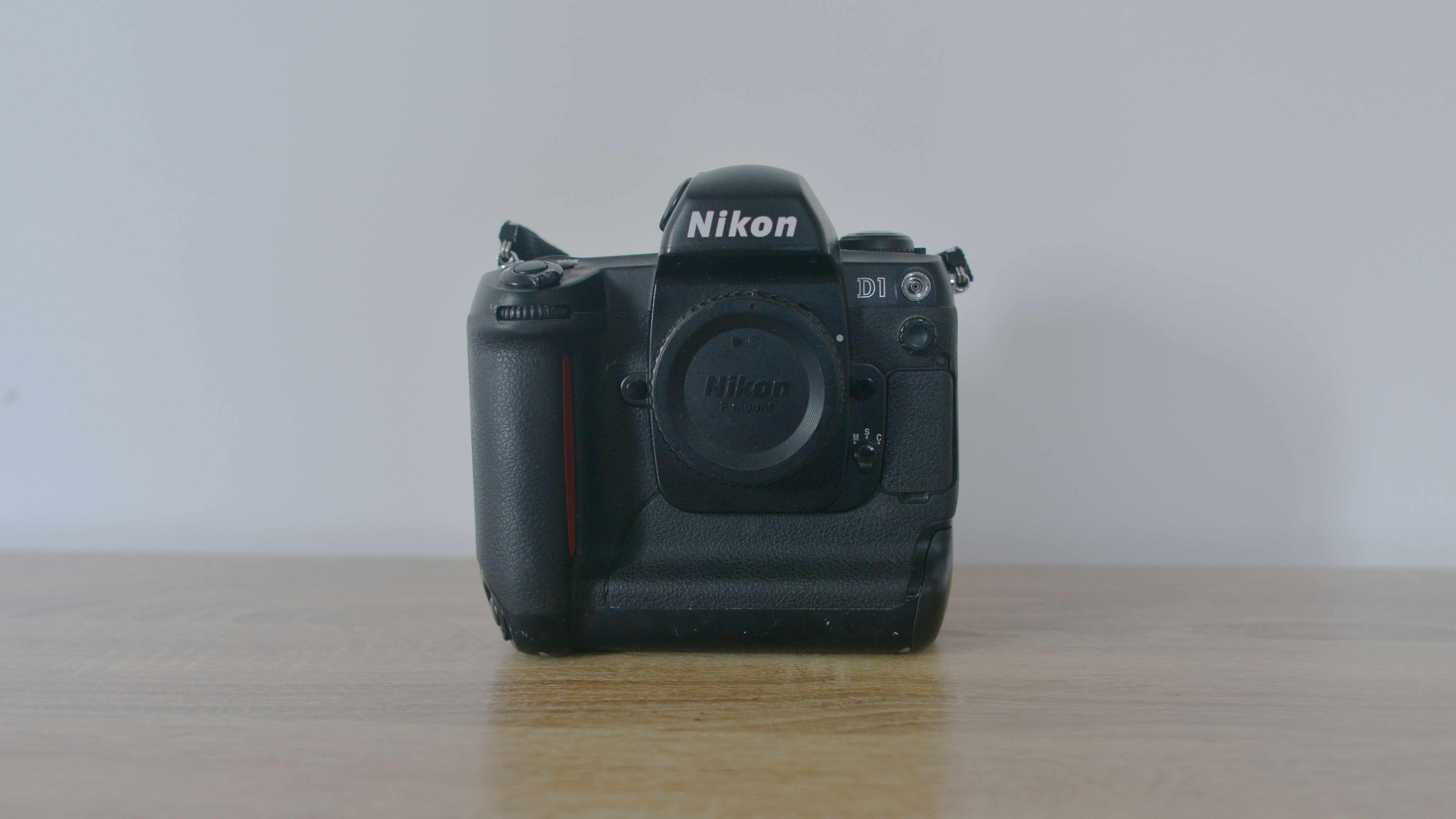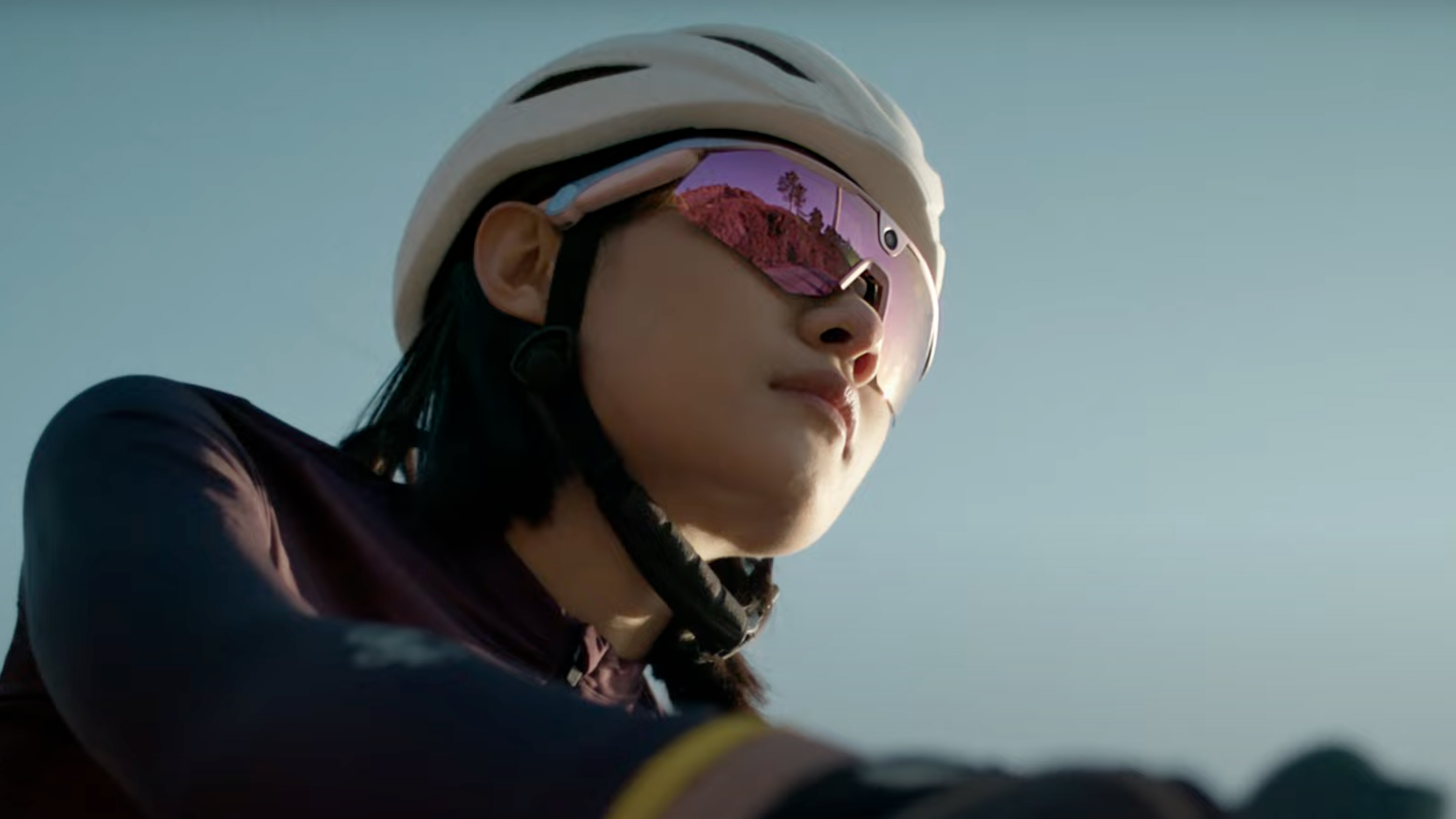How the Nikon D1 started Nikon's digital transition
Why was the Nikon D1 important? Let's look at how Nikon's revolutionary camera paved its way in digital photography

In 1999 Nikon released the Nikon D1 to the market as its first Digital SLR camera with a whopping... 2.6 megapixel sensor. Of course, this sounds like a tiny resolution when compared to the 45, 50 and even 64 megapixel sensor cameras on the market today, but back in 1999, this was revolutionary.
The Nikon D1 was a system that paved the way for the best Nikon cameras we enjoy now. It was fully portable and had few limitations, other than how long your battery would last or how big your CF card was.
The Nikon D1 was based around the Nikon F5, the companies flagship film SLR of the time and the leader in its field. It allowed a photographer a freedom that was not possible with 36 images per roll of film, and the D1 still holds the record for having the fastest shutter speed of any DSLR; 1/16,000.... that is mind blowing for a 23 year old camera!


Why was the Nikon D1 important?
The Nikon D1 featured a 2.6 megapixel APS-C CCD sensor that measured 23.7 x 15.mm, flash sync of 1/500th second and autofocus from the Nikon F5, which is still very impressive by today's standards.
At full burst mode you had a blisteringly fast 4.5 frames per second (a 3fps downgrade from the F5) and to view your newly created digital images you had a 2" 120,000 dot screen – a joke in modern day comparison, but don't ever use the excuse your screen isn't good enough when pros used this for everything. The pros were arguably the only ones that could afford it though, as the Nikon D1 in 1999 started at $5,000/£3,000
• You might like our guide to the best Nikon lenses


But the Nikon D1 wasn't without compromise. You were limited to CF cards no bigger than 2GB, which gave you around 500 RAW images, and to get those images from the camera to your computer you had to use a firewire 400 cable which was very expensive at the time. You also had to make sure the camera was set to "PC" before you could move any files or else it would not show up as a device on your computer – a harmless feature, but something that cost you a few seconds every time you wanted to transfer images.
Get the Digital Camera World Newsletter
The best camera deals, reviews, product advice, and unmissable photography news, direct to your inbox!
Despite all these quirks, the Nikon D1 went on to win over the hearts of many Nikon shooters and started the D-series as we know it today. I haven't found a figure for how many Nikon D1s were originally sold, but this camera set the path for Nikon's digital transition to the behemoth specs that we love and expect from a Nikon professional camera today.

For nearly two decades Sebastian's work has been published internationally. Originally specializing in Equestrianism, his visuals have been used by the leading names in the equestrian industry such as The Fédération Equestre Internationale (FEI), The Jockey Club, Horse & Hound, and many more for various advertising campaigns, books, and pre/post-event highlights.
He is a Fellow of the Royal Society of Arts, holds a Foundation Degree in Equitation Science, and holds a Master of Arts in Publishing. He is a member of Nikon NPS and has been a Nikon user since his film days using a Nikon F5. He saw the digital transition with Nikon's D series cameras and is still, to this day, the youngest member to be elected into BEWA, the British Equestrian Writers' Association.
He is familiar with and shows great interest in 35mm, medium, and large-format photography, using products by Leica, Phase One, Hasselblad, Alpa, and Sinar. Sebastian has also used many cinema cameras from Sony, RED, ARRI, and everything in between. He now spends his spare time using his trusted Leica M-E or Leica M2, shooting Street/Documentary photography as he sees it, usually in Black and White.
